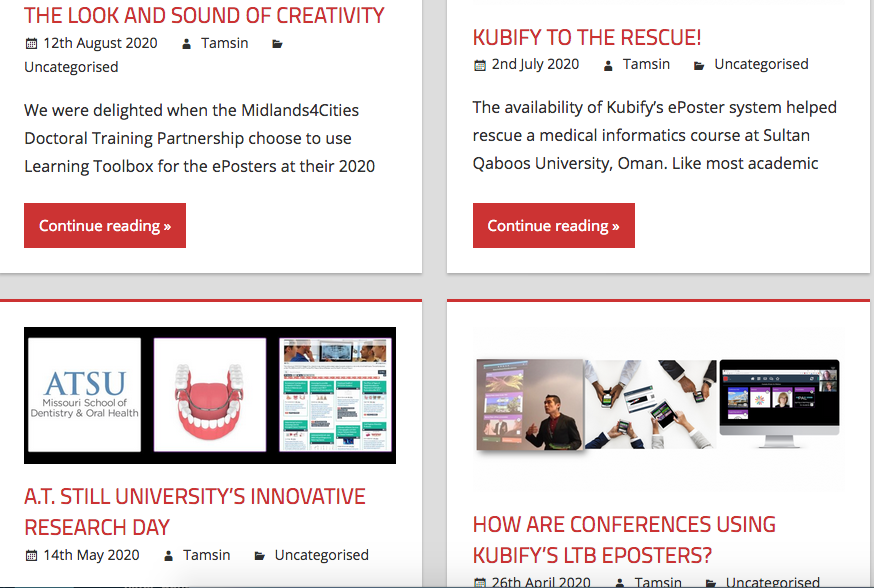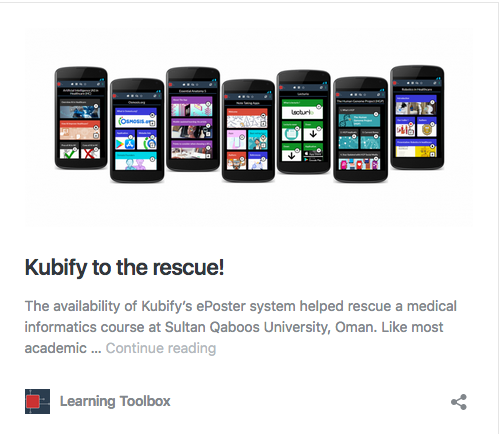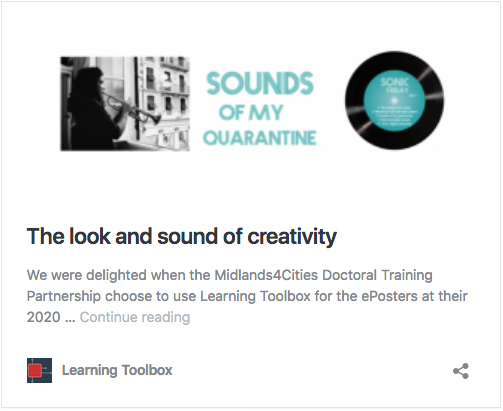During the years 2017 – 2020 I have written regularly blog posts on my work for the EU-funded TACCLE4 CPD project. These have been published on my blog “Working and Learning” and on the TACCLE4 CPD website. As has been indicated in the blog posts, this project is the fourth in the series of transnational TACCLE projects to promote digital competences of teachers and trainers in Europe. Now, on having completed my work for the project, I have collected the blogs into a single document “Working and Learning with the TACCLE4-CPD project – Logbook of blog posts on the TACCLE4-CPD project 2017-2020”. Below I share some introductory remarks on the logbook.
The background of the TACCLE4 CPD project
The acronym TACCLE referred to the title of the first project “Teachers’ aids on creating content for learning environments” and to its main product – teachers’ handbook for developing e-learning. In the subsequent projects the emphasis was shifted to specific subject domains (TACCLE2) and to supporting the teaching of programming in general education (TACCLE3). The aim of the current project (TACCLE4 CPD) is to support the development of continuing professional development of teachers and trainers in order to enhance their digital competences. Whilst the previous projects were providing direct support for classroom teachers, the current project seeks to develop training models and provide support for those who plan CPD measures.
The challenge for the project work in the field of vocational education and training (VET)
This logbook contains primarily contributions to the work for the TACCLE4 CPD project in the field of vocational education and training (VET). However, many posts try to relate this work to the school-centred approach of the previous TACCLE projects. In particular this becomes visible in the blogs that reflect the importance of the Learning Layers project as a predecessor of the TACCLE4-CPD project.
In this respect this logbook serves as a documentation of a project-specific learning history in which achievements of prior TACCLE projects and of the Learning Layers project are brought together in order to support CPD initiatives in the field of VET. Since this is a logbook of blogs that had been written for an ongoing project, it is not appropriate to present final conclusions. Instead, the logbook provides snapshots on the development of the work at different phases of the work. Therefore, the original blog posts have been copied below as such, without further commentaries.
The logbook “Working and Learning with the TACCLE4 CPD project” is available in the project space “TACCLE CPD and VET” on ResearchGate.
With this update I bring my blogging on the TACCLE4 CPD project to an end and finalise the logbook of the blogs.


